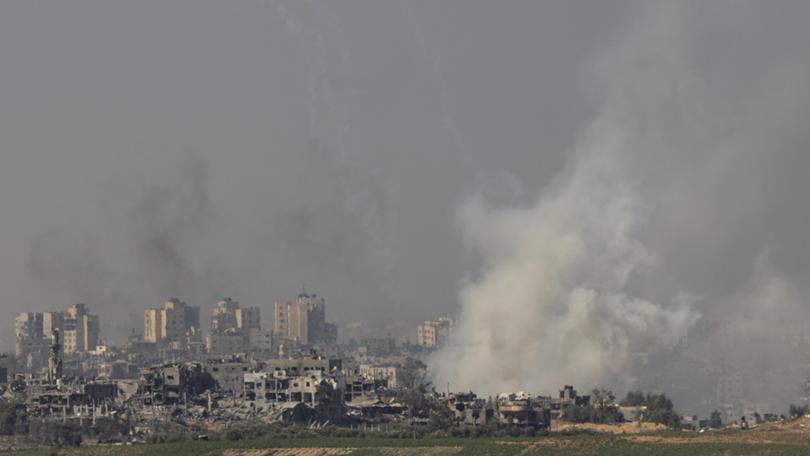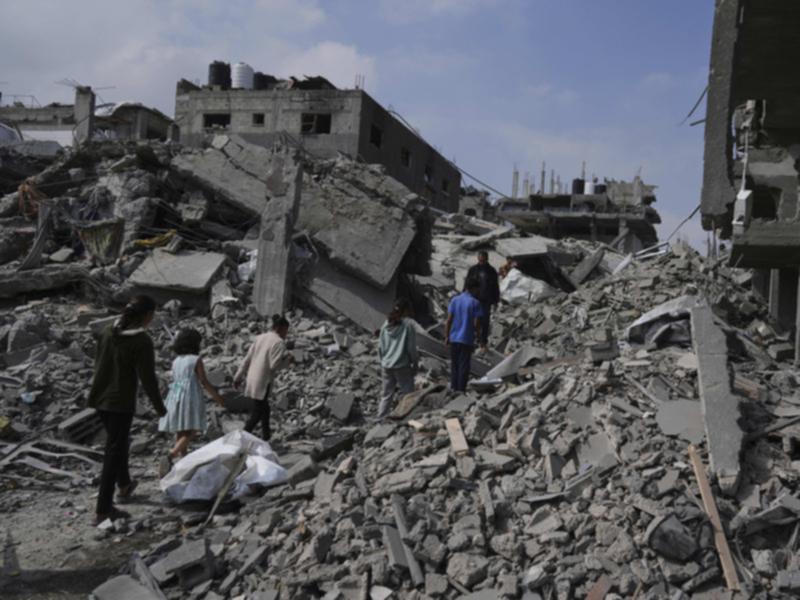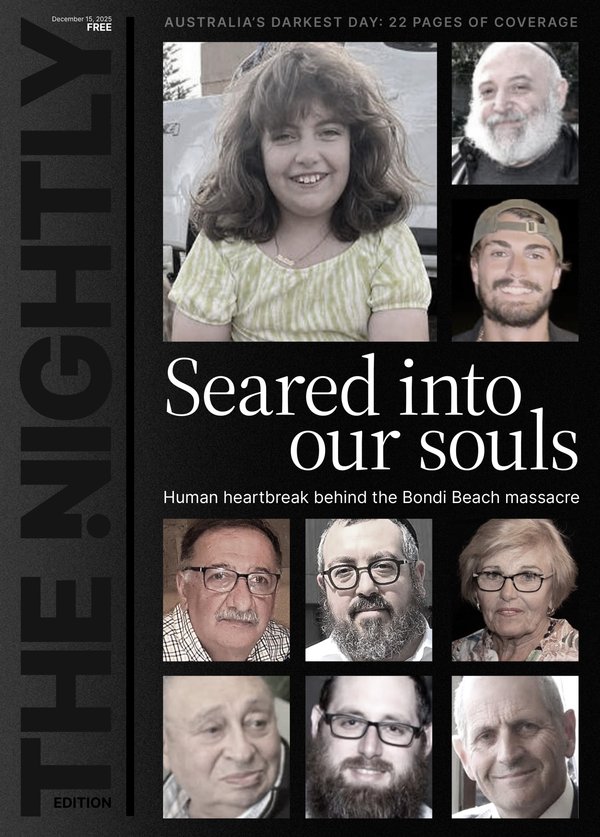Gaza war escalates as Israel expands ‘buffer zones’, declares 70 per cent of enclave, forces mass evacuations

In the six weeks since Israel resumed its war in Gaza, Israeli forces have dramatically altered their map, declaring about 70 per cent of the enclave either a military “red zone” or under evacuation, according to the United Nations, and pushing hundreds of thousands of Palestinians into ever-shrinking pockets.
The Israeli military says its evacuation orders allow civilians to flee ahead of fighting, and those who remain could be considered combatants.
In practice, Palestinians say, the evacuation orders often force them to flee under fire.
Sign up to The Nightly's newsletters.
Get the first look at the digital newspaper, curated daily stories and breaking headlines delivered to your inbox.
By continuing you agree to our Terms and Privacy Policy.Recent evacuation orders have covered border areas and population centres and have displaced more than 420,000 people, according to the UN Office for the Coordination of Humanitarian Affairs (OCHA).
In addition, Israel has enlarged its “security zone,” also called a buffer zone, along Gaza’s borders with Israel and Egypt.
The military says the move is meant to prevent a Hamas attack similar to the October 7, 2023, assault on southern Israel that killed about 1,200 people.
Israeli officials have signalled they do not intend to relinquish this territory. These areas, where the military has deployed, are considered “no-go zones”, and Palestinians risk being shot if they approach.
The largest such expansion has been in the southern Gaza city of Rafah, which Palestinians were ordered last month to evacuate as Israeli troops moved in. Rafah is on the border with Egypt, and previously, the Israeli-controlled Philadelphi Corridor along that border served as part of the buffer zone.

This month, Israel said the buffer zone now extends north to the city of Khan Younis and the newly declared Morag Corridor.
These significant changes in the Gaza map have occurred since Israel ended the two-month-old ceasefire with Hamas on March 18 and resumed its military campaign.
While Israel’s leaders say these moves are necessary for security and to pressure Hamas to return the Israeli hostages it holds, some Israeli officials have also signalled that the territorial changes could presage an extended occupation of Gaza that could last for months or more.
Humanitarian agencies have warned that the evacuation orders and expansion of buffer zones have cut off thousands of Palestinians from their land and from aid, which is in short supply since Israel put Gaza under a complete siege nearly two months ago. Areas now under evacuation order include half of the enclave’s water wells and many medical and other vital facilities, according to OCHA.
Not all civilians have left some areas that are under evacuation orders.
The war has killed more than 52,000 Palestinians, according to the Gaza Health Ministry, which does not differentiate between civilians and combatants.
In the early months of the war, Israeli forces razed buildings and agricultural fields to create an initial buffer zone. Israeli officials said this was necessary to eliminate Hamas tunnels and prevent another attack. Legal experts said the military’s tactics violate international law.
As part of the ceasefire agreement, Israel initially pulled back its troops, retaining a buffer zone about 700 to 1,000 meters (or about half a mile) wide inside Gaza. The area comprised about 17 per cent of the enclave, according to the Israeli rights group Gisha, which tracks access in Gaza.
These areas were closed military zones, so Palestinians could not reach their land or homes.
- -
Restricted buffer zones were provided by Yaakov Garb of Ben-Gurion University via the Harvard Dataverse repository.
© 2025 , The Washington Post
